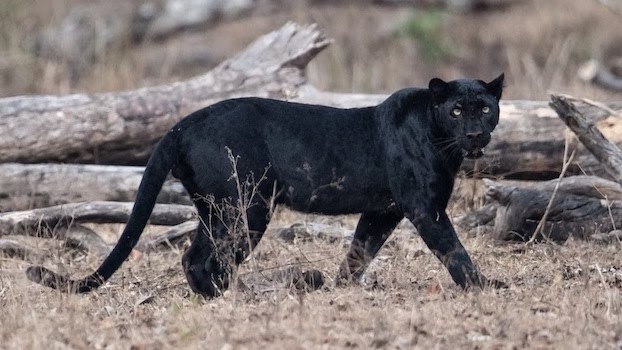Hey there! If you’re curious about the differences between a jaguar and a panther, you’re in the right place. Let’s break it down in a way that’s easy to understand, kind of like we’re having a friendly chat over coffee.
What is a Jaguar

Jaguars are the largest big cats in South and Central America, known for their powerful build and striking appearance. They usually have a yellow or tan coat covered with black spots called rosettes, which often have a dot in the center. Jaguars are incredible hunters and swimmers, often found near water where they prey on fish, caimans, and even turtles. These majestic animals can also climb trees to ambush their prey from above.
Fun fact: The name “jaguar” comes from the Native American word “jaguar,” meaning “he who kills with one leap.” This highlights their strength and agility.
What is a Panther

The term “panther” can be a bit confusing because it doesn’t refer to a specific species. Instead, it’s a general term used to describe big cats with black pigmentation, a condition known as melanism. Panthers can be either black jaguars from the Americas or black leopards from Africa and Asia. Essentially, a panther is a melanistic version of these species, giving them a sleek, black appearance.
Key Differences Between a Jaguar and a Panther
- Color and Appearance:
- Jaguars: Typically have a yellow or tan coat with black rosettes. Some jaguars can be very dark, almost appearing spotless from a distance.
- Panthers: Panthers are either black jaguars or black leopards. Their black fur results from excess melanin. Under certain lighting, you can still see their rosettes.
- Geographical Distribution:
- Jaguars: Found in South and Central America, especially in the Amazon Basin.
- Black Jaguars (Panthers): Also found in South and Central America.
- Black Leopards (Panthers): Found in Africa and Asia.
- Size and Build:
- Jaguars: Stockier and more muscular, with a broader chest and shorter legs. They can weigh up to 250 pounds.
- Leopards: More slender and lithe, with longer legs and a more delicate build. They can weigh up to 200 pounds.
- Behavior and Habitat:
- Jaguars: Prefer dense forests, wetlands, and grasslands. They are excellent swimmers and often hunt near water.
- Black Leopards (Panthers): Thrive in a variety of habitats, including tropical rainforests, grasslands, and mountainous areas. They are known for their agility and ability to climb trees.
- Hunting Techniques:
- Jaguars: Known for their powerful bite, which can pierce the skulls of their prey. They often hunt larger animals like deer and tapirs.
- Leopards: Typically use a suffocating bite to the throat. They often drag their prey up into trees to avoid other predators.
- Lifespan:
- Jaguars: Live for about 12-15 years in the wild.
- Black Panthers (both jaguars and leopards): Can live up to 12-17 years.
Misconceptions Cleared About A Jaguar And A Panther
- Not a Separate Species: Panthers are not a separate species. They are simply melanistic variations of jaguars or leopards.
- Spots are Still There: Even though panthers appear completely black, they still have the rosettes that are characteristic of their species. These spots can be seen in certain lighting conditions.
Final Verdict
In summary, the main difference between a jaguar and a panther lies in their color and the regions they inhabit. Jaguars are native to the Americas, and when they are melanistic, they are called black panthers. Leopards, found in Africa and Asia, can also be melanistic and are then referred to as black panthers. Both animals are fascinating in their own right, showcasing the incredible diversity and adaptability of the big cat family.
I hope this clears up any confusion and helps you appreciate these magnificent creatures even more! If you have any more questions or want to dive deeper into the world of big cats, feel free to ask.





